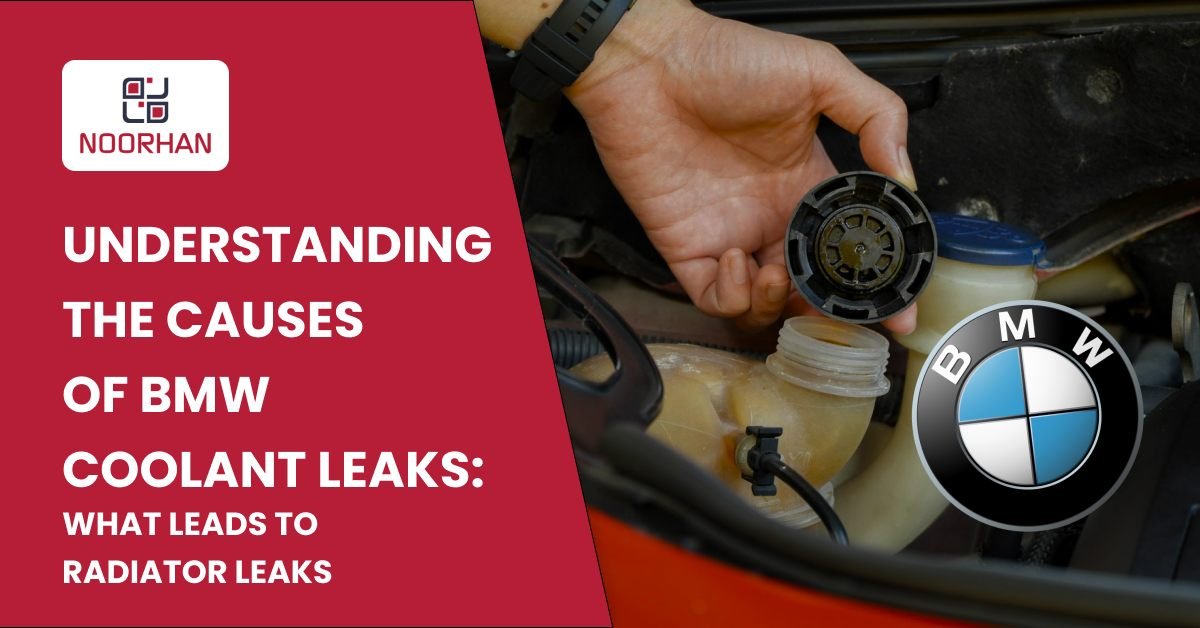How To Change Brake Fluid (Step by Step)
Introduction
Every car owner desires a smooth and safe driving experience. But on any given day, safety comes first. The adrenaline rush tempts you to accelerate and speed up, but the real joy is in having proper control over your vehicle. You should be able to slow down and stop anytime. And proper control is only possible when every component of your car functions properly. Smooth functioning of components guarantees a safe drive. However, your safety primarily depends on your braking system.
So, as a car owner, it’s your job to ensure proper and timely maintenance of your braking system. Regularly check your brakes. Make sure they are easy to press. And the most critical yet overlooked part, change your brake fluids when required.
Brake fluids supply a force from the brake pedal to the brake calipers, so you can slow down and stop your vehicle whenever you want. If you don’t wanna compromise on your safety, then change your brake fluids regularly. With time, brake fluid gets contaminated and quickly lose its effectiveness, affecting your vehicle’s braking performance.
Why Brake Fluid is Important
Brake fluid is a hydraulic liquid that manages & controls your brake system. When you press the brake pedal, this hydraulic liquid transmits a force from the brake pedal to the brake calipers, allowing you to slow down or stop your car safely. Though brake fluid is in liquid form, it can handle high temperatures, pressure & exposure to moisture. It’s all about the pressure. Pressure exerted on the brake pedal, the pressure then is enhanced by the vacuum booster which is behind the brake pedal, and the pressure which controls the master cylinder, which ultimately allows the brake fluid to flow until it gets into the brake system.
Changing your brake fluid regularly is recommended. Please check your manufacturer’s manual to know when to change your brake fluid. Not changing it for long, may contaminate it which may result in brake failure or poor brake efficiency.
Change your brake fluid regularly and enjoy a safer driving experience. Visit your mechanic now to check it.
Tools and materials you need
First you must go through the manufacturer’s manual and check if there are any special instructions regarding the brake fluid. However, Before you start changing the brake fluid, it’s helpful to understand the tools and materials you’ll need. This job requires two people, so you’ll want someone to help you.
You’ll need the following tools and materials.
1) Jack and Jack stands
2) Lug wrench
3) Turkey baster or brake fluid pump
4) Brake fluid (check your vehicle’s owner’s manual for the correct type)
5) Clear plastic tubing
6) Wrench or socket set
7) Brake bleeding kit
8) Safety goggles and gloves
9) Clean rags or paper towels
We’ll walk you through the step-by-step process of changing your brake fluid.
Step 1: Jack up your car
Park your car in a secure location & start a safe brake fluid change process. You’ll need a jack stand to elevate your car safely. Make sure the jack stand is positioned properly and then elevate your car. Once your car is elevated, remove all the wheels. If you’re having any doubts, please check the owner’s manual for any guidance.
Step 2: Locate the Brake Fluid Reservoir
Brake fluid reservoir is easy to spot. Scan the engine compartment and spot the master cylinder. You’ll find the Brake fluid reservoir located on or near the master cylinder. Master cylinder is placed at the top of the firewall in the engine compartment. Don’t open the reservoir without cleaning the outside area. Clean up and free the area of any contaminants that may pollute the new brake fluid.
Step 3: Remove the Old Brake Fluid
Remove the old brake fluid by following the below steps:
- Get a piece of clear plastic tube and attach it to the bleeder valve on one of the brake calipers. The tube should be long enough to reach the container.
- You need some assistance here. Ask someone to sit in the driver’s seat and press the brake pedal a few times. The brake pedal should be pumped several times until it becomes firm.
- While your helper keeps pressing the brake pedal, you carefully open the special valve by using a wrench or socket. Old brake fluid will quickly flow into the container through the plastic tube.
- Continue to bleed the brake fluid until it’s clean and free of air bubbles. Before adding the new brake fluid, carefully check the brake fluid reservoir. Don’t keep the brake fluid reservoir dry for a long time.
- Repeat this simple process for all the four brakes.
Step 4: Fill the Brake Fluid Reservoir
It’s time to refill the brake fluid reservoir. But before proceeding check the car owner’s manual so as to make sure you use only recommended brake fluid for your car. Carefully inspect all the four calipers and make sure it’s clear & devoid of any drops of the previous brake fluid. Now refill the brake fluid reservoir, without overflowing it.
Step 5: Bleed the Brake System Again
You need to bleed the brake system once more. Simply repeat the earlier process after refilling the brake fluid reservoir. The brake system needs to be free from air bubbles so it can function properly. Bleeding the brake system once again removes any air bubbles.
Bleeding the brake system again, makes the brakes smooth and they respond quickly and safely the moment you press the pedal.
Step 6: Check for Leaks
Carefully scan every connection to spot any leaks. If you find any loose spots, tighten them. Any brake fluid leaks is a potential threat to your brake system.
Step 7: Reinstall the Wheels
If you’re done with brake fluid change and didn’t spot any leaks, then the next step is reinstalling the wheels. Follow the below steps:
- Place the wheels back. Tighten the nuts with your hands.
- Now, carefully lower your car down and remove the jack stands.
- Once the car is down, you’ll need a lug wrench to tighten the nuts. Make sure you tighten the nuts in a crisscross pattern as suggested by the manufacturer as per the specified torque settings.
Step 8: Test the Brakes
This is an important step. Before you start driving your car again, check if the brakes are functioning properly. Start the engine, pump the brakes several times. Apply more pressure to see if the brakes are smooth and not hard. Check for any potential issues or noises. If everything is fine, then you’re ready to hit the road.
Step 9 : Dispose of Old Brake Fluid
The old contaminated brake fluid may contain hazardous chemicals that may be dangerous for the environment. Properly dispose of it using the right safety material.
Conclusion
As a car owner, safety should be your top priority. Changing your brake fluid regularly keeps your brake system in optimal condition. And when your brake system is smooth and working fine, a safe drive is guaranteed. By following the above steps, you can change the brake fluid yourself. However, you can even take help of an expert who’ll do the job more efficiently. Remember, changing the brake fluid is an important maintenance task, ignoring it may invite danger in the form of brake failure.
Being a responsible car owner, making safety your primary concern.


























































